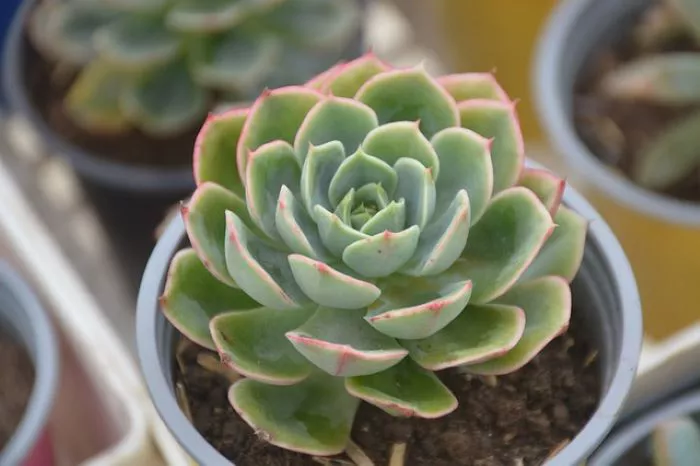Succulents are a diverse and fascinating group of plants known for their ability to store water in their leaves, stems, and roots. This unique adaptation allows them to thrive in arid and semi-arid environments. The popularity of succulents has surged in recent years due to their low maintenance needs and striking visual appeal. Many people wonder how many types of succulents exist in the world. This article will explore the diversity of succulents, their classification, and some of the most popular types.
Understanding Succulents
Succulents belong to various plant families and can be found in many different genera. The term “succulent” refers to the plant’s ability to store water, which is a characteristic feature of many species across different families. While succulents are often associated with desert environments, they can also thrive in a range of habitats, from mountainous regions to tropical areas.
The exact number of succulent species is difficult to determine due to ongoing discoveries and classifications. However, it is estimated that there are over 10,000 species of succulents worldwide. This number includes both well-known and lesser-known varieties.
Classification of Succulents
Succulents can be classified into several categories based on their family, genus, and specific characteristics. The main families that include succulent plants are as follows
Cactaceae: This family includes all cacti. Cacti are native to the Americas and are characterized by their unique shapes and spines. Some popular cacti include the saguaro, prickly pear, and barrel cactus.
Crassulaceae: This family includes many popular succulents such as Echeveria, Sedum, and Jade Plant (Crassula ovata). Crassulaceae plants are known for their rosette shapes and thick leaves.
Aizoaceae: This family includes plants like Lithops and Mesembryanthemum. Aizoaceae succulents are often small and have interesting textures and colors, making them popular among collectors.
Asphodelaceae: This family includes Aloe and Haworthia. Aloes are known for their medicinal properties, while Haworthia species are often small and suitable for indoor cultivation.
Euphorbiaceae: This family includes the Euphorbia genus, which contains many succulent species. Some Euphorbias resemble cacti but are not true cacti.
Agavaceae: This family includes Agave and Yucca. Agaves are known for their large rosettes and striking architectural forms.
Popular Types of Succulents
While there are thousands of succulent species, some have gained popularity among gardeners and collectors. Here are a few well-known types of succulents
Echeveria is a genus of rosette-forming succulents. They come in various colors and shapes, making them popular for decorative arrangements. Echeverias are relatively easy to care for and thrive in bright light.
Aloe vera is perhaps the most famous succulent. Known for its medicinal properties, Aloe vera has thick, fleshy leaves that can grow up to 2 feet tall. It is often used in skincare products and can be easily grown indoors.
Sedum is a diverse genus that includes many species, ranging from ground covers to upright plants. Sedums are hardy and adaptable, making them suitable for various growing conditions. They often produce clusters of small flowers in the summer.
Haworthia is a small genus of succulents that are popular for indoor cultivation. They have thick, fleshy leaves and often display interesting patterns. Haworthias are low-maintenance and thrive in indirect light.
Crassula ovata, commonly known as the Jade Plant, is a popular houseplant. It has thick, oval-shaped leaves and can grow into a small tree. The Jade Plant is considered a symbol of good luck and prosperity.
Lithops, also known as living stones, are unique succulents that mimic the appearance of stones. They are small and often have striking patterns that help them blend into their surroundings. Lithops require specific care due to their unique growing habits.
Regional Diversity of Succulents
Succulents are found all over the world, with different regions hosting unique species. The Americas, particularly Mexico and the southwestern United States, are home to many cacti and other succulent species. Africa is known for its diverse succulent flora, including many species of Aloe and Euphorbia. Additionally, the Mediterranean region has its own unique succulents, such as various Sedum and Crassula species.
Conclusion
Succulents are a diverse group of plants with over 10,000 known species. They belong to various families and genera, each with its unique characteristics and adaptations. Popular types of succulents include Echeveria, Aloe vera, Sedum, and Haworthia. The regional diversity of succulents adds to their appeal, as different areas of the world host unique species adapted to their environments. Whether you are a seasoned collector or a beginner, the world of succulents offers endless possibilities for exploration and enjoyment. Understanding the types of succulents available can enhance your gardening experience and help you choose the right plants for your collection.


